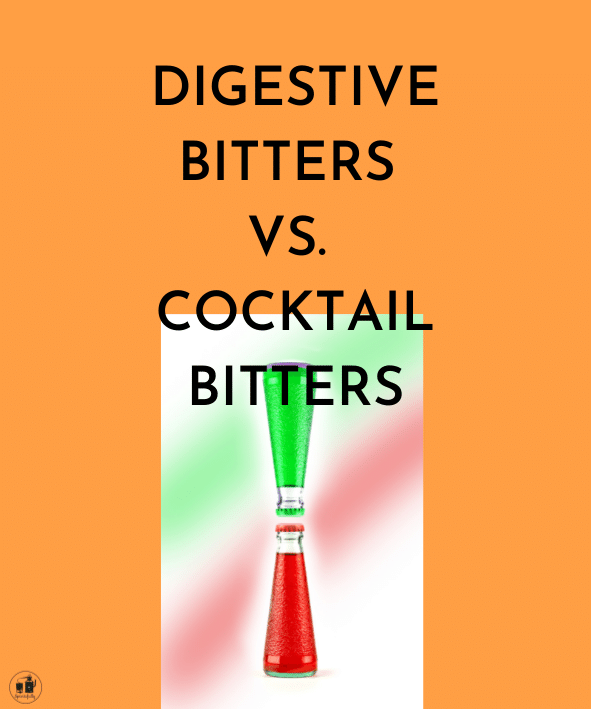Did you notice that everyone is talking about bitter, but do everyone know what it is? Bitters are made by infusing a neutral spirit with botanicals, like seeds, bark, aromatic herbs, roots, fruit as well as coffee or chocolate. Sometimes sugar is added. The alcoholic strength of bitters varies widely across different brands and styles. At the origin, bitters were developed for …
…medicinal purposes, with ingredients generally thought to provide good health preserved in a neutral liquor, from helping with digestion to having a better blood pressure. Actually wine were already perfumed with herbs before then, less for medicinal purpose than for impacting a new set of flavour.
More recently, thanks to consumers’ renewed interest in craft cocktails, and the craft distilling boom there is a new interest for those. So let’s check what they are today.
The word bitter is confusing for two reasons:
because they’re not necessarily bitter (some are actually very sweet)
because some are drinkable as such (digestive bitter) and other can’t be drunk neat (cocktail bitter)
Indeed there are two categories of bitters!
1/ Cocktail Bitters which are very bitter alcoholic liquids that started out as medicinals but are now used to bring a bitter flavour to cocktails
2/ The other category of bitter refers to “the collective class of Italian-made aromatic, herbal, bittersweet liqueurs traditionally served as a digestif after a meal.” Amaro indeed means « bitter » in Italian. This category, which we gonna name Digestive Bitters here exist in other country that Italy: in Germany, they are referred to as Kräuterliqueurs, in French as « un amer » (amer=bitter). The style varies widely across different brands and styles.
Attention !
Digestive bitters are liqueurs. Cocktail bitters are made in the same way, but with a stronger infusion. Both bitters and amari use the same types of ingredients such as bitter barks, herbs, seeds, spices, citrus peels, and other botanicals.
If they share the word, it is also because they have a lot in common.


